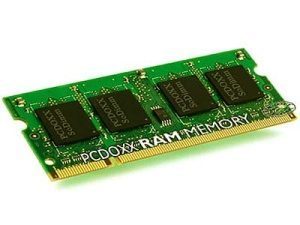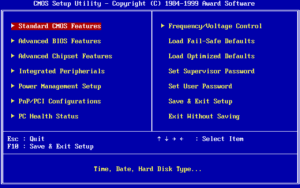Introduction
Primary Storage Devices
These are the temporary and permanent storage devices within a computer that without which a computer would not be able to function whatsoever.
Primary Storage Devices Include
- ROM / PROM
- RAM
- Cache
Primary storage devices are generally volatile(except from ROM/PROM) and incredibly fast. Because primary storage devices either cannot persistently store data in a non-volatile way they are usually supplemented by secondary storage devices (Such as hard drives/USB drives) to allow for persistent non-volatile storage,
Volatile memory is any storage device where data is lost when the power to a device is disconnected – this includes RAM and Cache memory.
None volatile memory is any storage devices where the data is stored persistently even after the power is disconnected. These include HDD Drives, CDs, USB Flash Drives, ROM.
RAM
Random Access Memory (RAM)
RAM is a type of very fast memory that is used to temporarily hold data about currently running programs. When you load any file from the hard drive there is a lag between the request and the data being sent, this would cause massive slow down of the CPU if data was constantly being requested from the hard drive. Instead a single request is sent to the hard drive when the program loads and the whole program is loaded in to RAM. The RAM is electronic memory and all the data is stored in flop flop circuits using electrical currents and transistors. This means that there is very little latency and there the computer loads the program much faster than if it wasn’t used. However because RAM data is stored electronically, RAM is volatile – once power is lost all data is lost as well.
ROM
Read Only Memory ( ROM)
Read only memory is mainly used in a PC to store the tiny mini operating system called the BIOS. The BIOS data is flashed to the ROM chip when the motherboard is made and does not change for it’s entire lifetime (hence the term Read Only). If you want to update the BIOS, you need to flash the ROM chip.
The BIOS is responsible for doing a system hardware check before the system starts to make sure all the connected devices are functioning. Once it has completed the check it boots up the operating system.
Cache
Cache Memory
Cache memory is small amount of RAM located on the CPU itself. It stores commonly used data that is being constantly used by the operating system, allowing for even faster access than the RAM.
ROM / PROM
Programmable ROM (PROM) / Flash Memory
Flash memory is a form of ROM that is commonly used in embedded devices such as washing machines or smart tvs.
Flash memory is:
- Very reliable
- Relatively Secure( because it requires the memory to be flashed, files can’t just be copied / edited in place)

